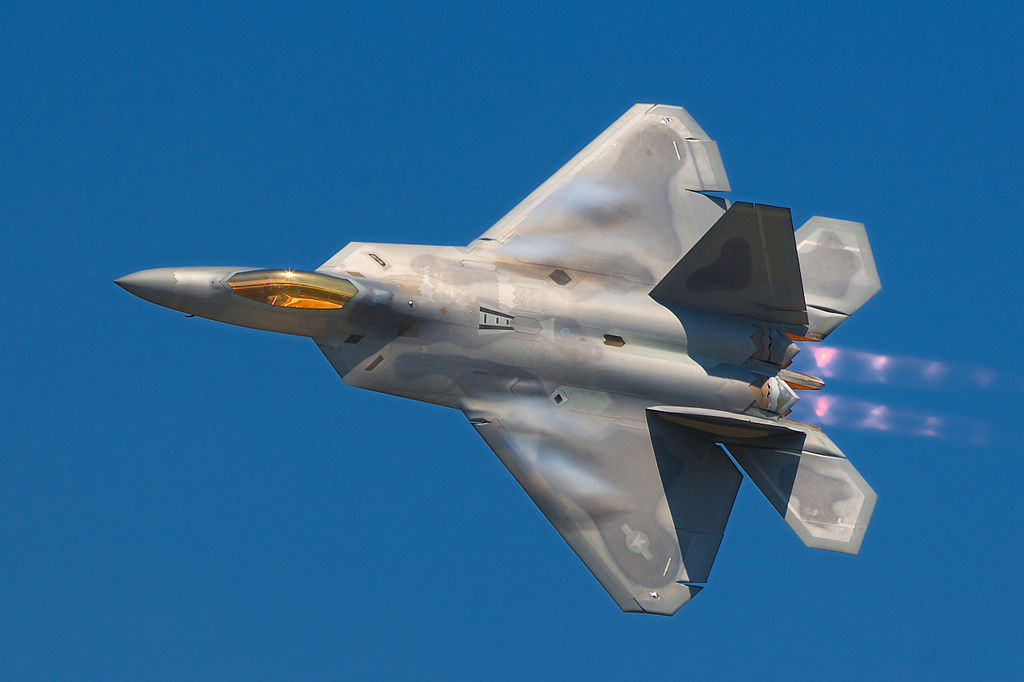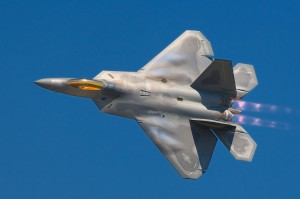
 Between December 8 and December 14, NATO air policing fighters protecting Baltic airspace took off 21 times to intercept Russian aircraft flying at the Baltic States’ borders, according to Lithuania’s Ministry of National Defence.
Between December 8 and December 14, NATO air policing fighters protecting Baltic airspace took off 21 times to intercept Russian aircraft flying at the Baltic States’ borders, according to Lithuania’s Ministry of National Defence.
It is the largest number of both reaction flights per week and highest incidence of Russian military activity so far observed in the airspace in the vicinity of the Baltic States: almost 80 aircraft have been identified and intercepted over or near to Baltic airspace within a week, some of which were intercepted several times. With only a few exceptions, the aircraft had their transponders turned off.
The largest number of Russian military aircraft at the Baltic States’ borders (30) were identified on 8 December. On that day, NATO fighters had to scramble eight times.
The second busiest day in terms of activity was 10 December. Then, NATO air policing fighters took off six times, in response to 26 Russian military aircraft identified.
From 8-9 December, six strategic bombers were intercepted close to the borders of the Baltic states: four turboprop bombers (Tu-95) and two supersonic bombers (Tu-22).
During the last week 30 Russian fighters (Su-27, Su-24, Su-34, MiG-31), as well as transport and reconnaissance aircraft have been identified near the Baltic states’ borders.
All the intercepted Russian military aircraft were flying between the Russian mainland and Kaliningrad over neutral waters in the Baltic Sea.
Lithuanian airspace violations were not registered, but Estonia reported that on 9 December Russian reconnaissance aircraft Il-20 violated Estonian airspace.
NATO fighters had to take off from all three bases – Siauliai, Amari and Malbork – where fighters participating in the NATO air policing mission and the mission reinforcing fighters are currently deployed.
Source: The Baltic Times




